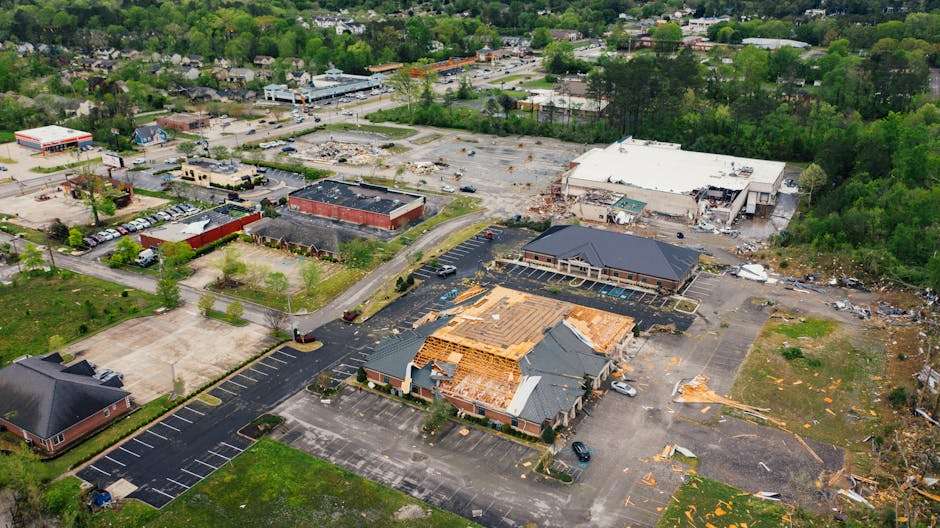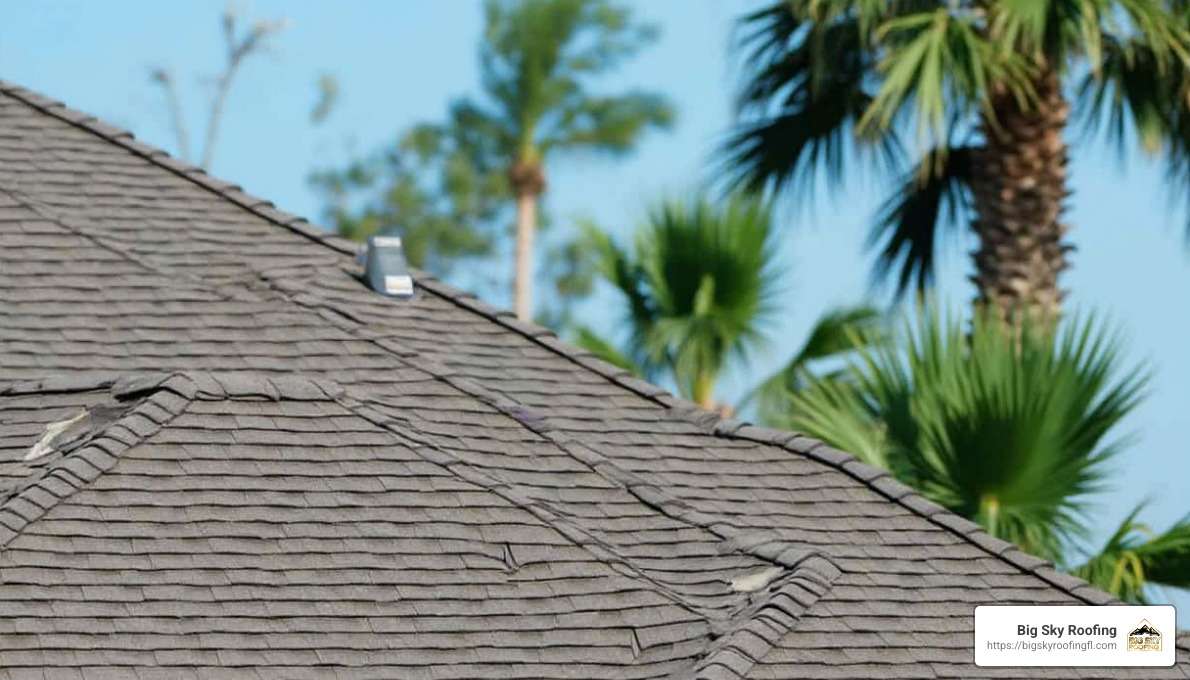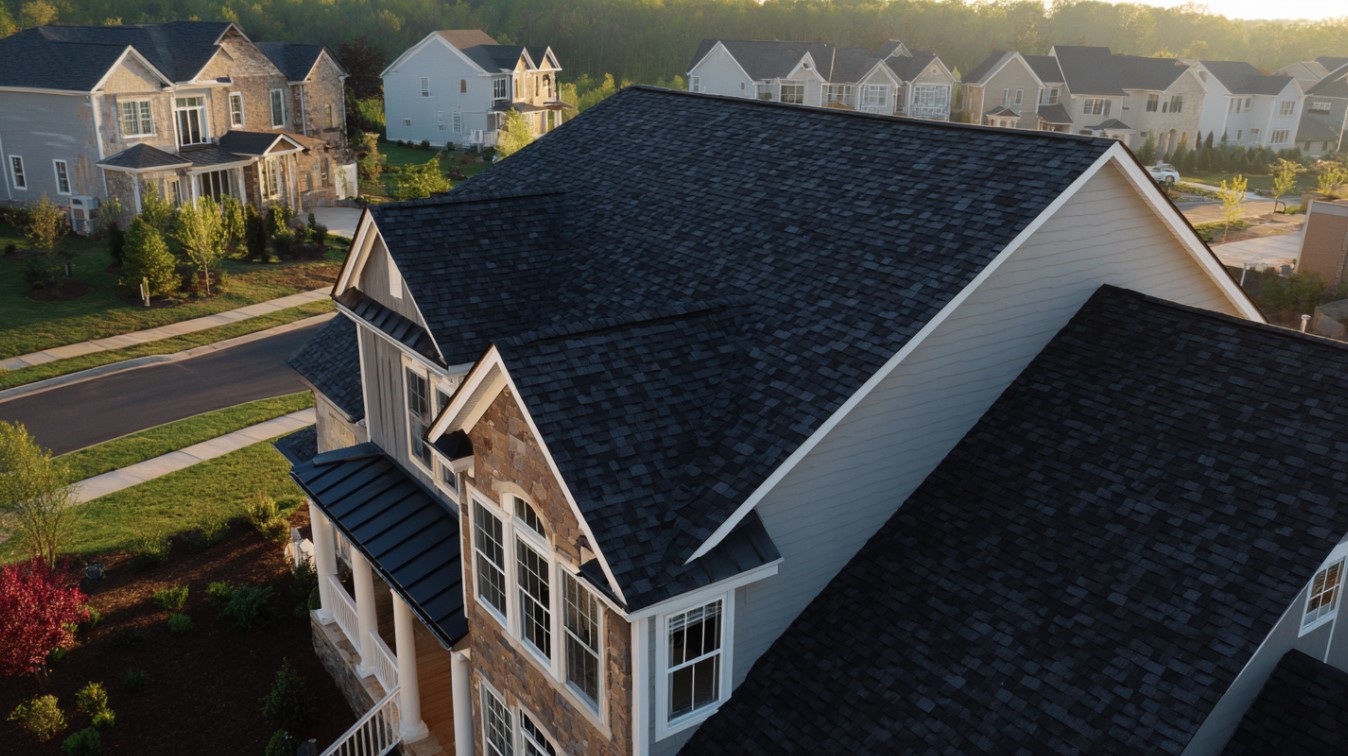The Strongest Shield: Hurricane-Resistant Roofing Materials
•
Written By

Hurricanes are powerful forces of nature, and if you live in Florida you know that preparing your home, especially the roof, is not just a seasonal checklist item – it’s essential. When it comes to hurricane resistant roofing materials, choosing the right one can be the pivotal point of protection for your home against extreme weather conditions.
- Metal Roofing: Offers exceptional durability and wind resistance, making it a top choice.
- Ceramic Tile Roofing: Withstands over 100 mph winds, combining style and strength.
Florida homeowners in Sumter County, Lake County, Citrus County, Hernando County, Orange County, and Marion County must consider these robust options to fortify their homes against frequent hurricanes.
Roof preparation doesn’t stop at picking the right material. Routine maintenance, such as clearing debris and inspecting for damage, is crucial. A well-maintained roof can be your strongest shield against hurricane forces, ensuring safety and lowering long-term repair costs.
When selecting roofing solutions, think beyond immediate costs. Invest in quality materials and skilled contractors to ensure your home remains protected and retains its value.
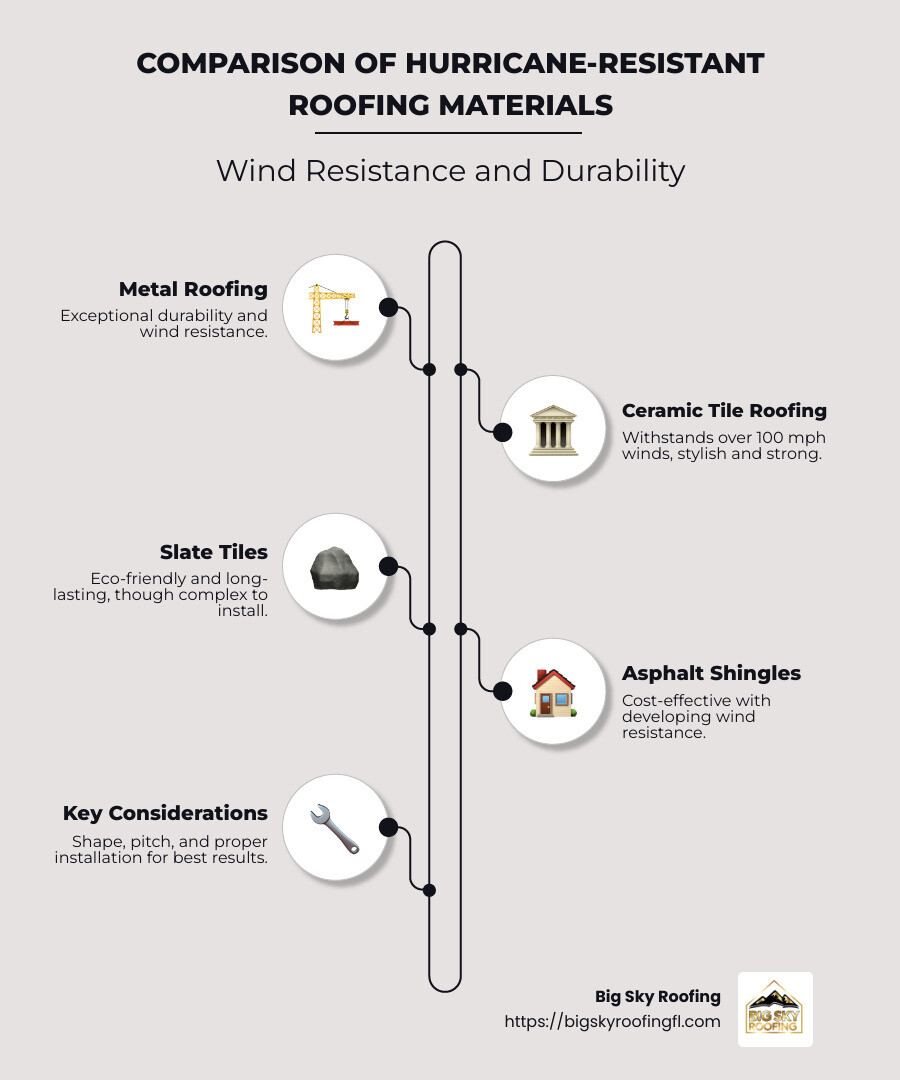

Best Roofing Materials for Hurricanes
Choosing the right roofing material is crucial for protecting your home during hurricane season. In Florida’s hurricane-prone counties like Sumter, Lake, Citrus, Hernando, Orange, and Marion, select materials that can withstand high winds and heavy rain. Here’s a breakdown of the best roofing materials for hurricanes:
Metal Roofing
Metal roofs are the champions of hurricane resistance. They can withstand wind speeds up to 140 mph, which is strong enough for a Category 4 hurricane. Their durability and long lifespan make them a solid investment for homeowners who want peace of mind during storm season. The key to their effectiveness, however, lies in proper installation. Make sure to hire professionals who understand how to secure metal panels correctly.
Clay Tiles
Clay tiles offer a blend of beauty and strength. While they can resist winds over 100 mph, their true advantage is in their aesthetic appeal. They add a classic look to any home, which can boost curb appeal. However, clay tiles are heavy and require a roof structure that can support their weight. Proper installation is critical to ensure they stay in place during a storm.
Slate Tiles
Slate tiles are synonymous with durability and elegance. They are incredibly long-lasting and can endure harsh weather conditions, including hurricanes. Slate is a natural stone, making it eco-friendly and fire-resistant. The downside is the cost and complexity of installation. Homeowners need to weigh these factors against the long-term benefits of having a nearly indestructible roof.
Asphalt Shingles
Asphalt shingles are the most common roofing material due to their affordability and ease of installation. Recent advancements have improved their wind resistance, making them a viable option for hurricane-prone areas. Some brands offer shingles that can withstand winds up to 130 mph. While they might not last as long as metal or slate, their cost-effectiveness and evolving technology make them a popular choice.


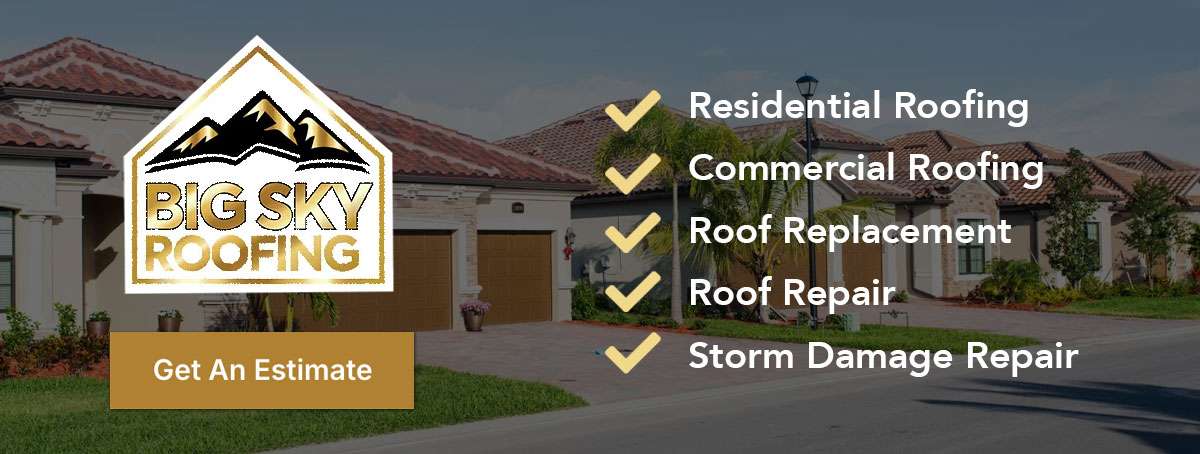
In summary, each material has its pros and cons, but all are designed to provide robust protection against hurricanes. Your choice should consider your budget, the architectural style of your home, and the specific risks in your area. Investing in quality materials and professional installation can save you from costly repairs down the line.
Metal Roofing: The Ultimate Defense
When it comes to hurricane-resistant roofing materials, metal roofing stands out as a top contender. Its impressive durability, wind resistance, and longevity make it the ultimate defense against the fierce storms that frequent Florida’s hurricane-prone counties like Sumter, Lake, Citrus, Hernando, Orange, and Marion.
Durability
Metal roofs are incredibly durable, withstanding not only high winds but also other harsh weather conditions. This resilience is due to the robust nature of metal, which does not crack, warp, or rot like some other materials. Homeowners can expect a metal roof to last between 40 to 70 years, providing long-term value and protection.
Wind Resistance
One of the standout features of metal roofing is its exceptional wind resistance. These roofs can endure wind speeds up to 140 mph, enough to face down a Category 4 hurricane. This level of protection is crucial for areas frequently hit by hurricanes, where strong winds can cause significant damage. However, the key to achieving this wind resistance is expert installation. Proper fastening and alignment of the metal panels are essential to ensure they stay secure during a storm.
Longevity
The longevity of metal roofing is another reason it’s a preferred choice for homeowners in hurricane-prone areas. While the upfront cost might be higher compared to other materials, the long lifespan of metal roofs means fewer replacements and repairs over time. This durability makes them a cost-effective choice in the long run, especially when considering the reduced risk of storm damage.
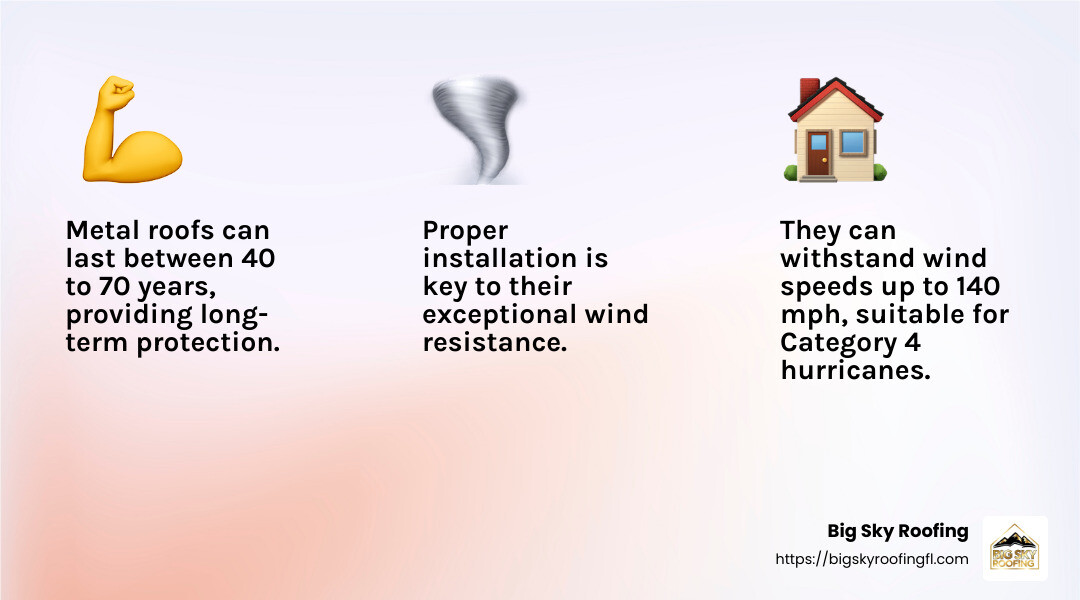

In conclusion, for those living in Central Florida’s hurricane hotspots, investing in a metal roof offers peace of mind and a strong defense against nature’s fury. The combination of durability, wind resistance, and longevity makes metal roofing a smart choice for safeguarding your home.
Clay and Concrete Tiles: Aesthetic and Strong
Clay and concrete tiles are not just about looks; they offer a strong defense against hurricanes too. These tiles bring a touch of elegance and charm to your home, boosting its curb appeal. But don’t be fooled by their beauty—these tiles are built to withstand Florida’s fierce storms, especially in counties like Sumter, Lake, Citrus, Hernando, Orange, and Marion.
Curb Appeal
Clay and concrete tiles give homes a classic and sophisticated appearance. They come in various colors and styles, allowing homeowners to match their roofs with their personal taste and the architectural style of their homes. This aesthetic appeal can increase your home’s value and make it stand out in the neighborhood.
Wind Resistance
When it comes to wind resistance, clay and concrete tiles are no slouches. Properly installed, these tiles can handle wind speeds up to 125 mph, which is crucial for hurricane-prone areas. By using quality underlayment and secure fastening methods like wire, clips, and screws, these tiles stay put even in strong winds. This makes them a reliable choice for protecting your home during storm season.
Installation
Installing clay and concrete tiles requires expertise. The process is labor-intensive and needs skilled professionals to ensure the tiles are securely fastened and aligned. This careful installation not only improves wind resistance but also ensures the roof can last up to 50 years with regular maintenance. While the initial cost and effort might be higher, the durability and low maintenance of these tiles make them a wise investment.
In summary, clay and concrete tiles offer a blend of beauty and strength, making them a popular choice for homeowners in Florida’s hurricane zones. Their ability to withstand high winds and add curb appeal makes them a solid option for those looking to protect their homes while maintaining an neat look.
Slate Tiles: Timeless and Tough
Slate tiles are a classic choice for homeowners seeking both beauty and durability. These tiles have been used for centuries, and for good reason. Let’s explore why slate tiles are a top pick for hurricane-resistant roofing materials.
Eco-Friendly
Slate tiles are made from natural stone, making them an eco-friendly option. They are sourced from quarries and require minimal processing, which reduces their environmental impact. Plus, their long lifespan means they don’t need to be replaced often, reducing waste. In fact, some slate roofs can last over 100 years, making them a sustainable choice for environmentally conscious homeowners.
Longevity
One of the standout features of slate tiles is their incredible longevity. These tiles are known for their durability and can withstand harsh weather conditions, including the high winds and heavy rains typical of Florida’s hurricane season. In counties like Sumter, Lake, Citrus, Hernando, Orange, and Marion, where hurricanes are a concern, slate tiles provide peace of mind with their long-lasting protection.
Installation Complexity
While slate tiles offer many benefits, they do come with a few challenges. The installation process is complex and requires skilled professionals. Each tile must be carefully placed and secured to ensure the roof’s integrity. This meticulous process can increase installation costs and time. However, the investment pays off with a roof that requires little maintenance and offers exceptional durability.
In conclusion, slate tiles are a timeless and tough option for those looking to invest in a long-lasting, eco-friendly roof. Their classic look and robust nature make them a top choice for homeowners in hurricane-prone areas. While the installation process is complex, the benefits of a slate roof far outweigh the initial challenges.
Asphalt Shingles: Affordable and Evolving
When it comes to hurricane-resistant roofing materials, asphalt shingles are a popular choice for many homeowners. They offer a balance of cost-effectiveness and performance that’s hard to beat. Let’s explore what makes asphalt shingles a smart option, especially in hurricane-prone areas like Sumter, Lake, Citrus, Hernando, Orange, and Marion counties.
Cost-Effective
Asphalt shingles are known for their affordability. They are one of the most budget-friendly roofing materials available, making them accessible to a wide range of homeowners. This cost-effectiveness doesn’t mean you sacrifice quality, though. Asphalt shingles provide solid protection without breaking the bank, which is especially important when you have to prepare for frequent storms.
Wind Resistance
Modern asphalt shingles have come a long way in terms of wind resistance. Many manufacturers now offer shingles designed to withstand winds up to 130 mph. This makes them a viable choice for homes in areas prone to hurricanes and high winds. The GAF Timberline® AS II shingles, for example, are engineered with impact resistance in mind and come with a 15-Year WindProven™ Limited Wind Warranty. This kind of assurance is crucial for homeowners looking to protect their property from storm damage.
Advancements
The roofing industry continues to innovate, and asphalt shingles are no exception. Recent advancements include improved materials and technology that improve their durability and lifespan. For instance, some shingles now boast SBS-modified asphalt, which increases their flexibility and impact resistance. Additionally, features like StainGuard Plus™ Algae Protection help keep roofs looking good by preventing unsightly algae growth.
Another exciting development is the incorporation of eco-friendly elements. Some shingles now include granules that help capture emission pollutants, contributing to cleaner air. This reflects a growing trend towards sustainability in roofing materials.
In summary, asphalt shingles are an evolving solution for those seeking hurricane-resistant roofing materials. They combine affordability with advancements in wind resistance and eco-friendliness, making them a strong contender for homes in Central Florida. As technology continues to improve, asphalt shingles will likely become even more effective in safeguarding homes against the elements.
Hurricane-Resistant Roofing Materials: Key Considerations
When choosing hurricane-resistant roofing materials, it’s not just about the material itself. The shape, pitch, and installation techniques of your roof play a crucial role in how well it can withstand a storm. Let’s explore these factors to help you make the best decision for your home in Sumter, Lake, Citrus, Hernando, Orange, and Marion counties.
Roof Shape
The shape of your roof can significantly impact its ability to resist hurricane winds. Roofs with a hip design are generally more wind-resistant than gable roofs. The hip shape allows wind to flow over the roof more smoothly, reducing the chance of uplift during a storm. If you’re considering a new roof or a major renovation, a hip roof could be a smart choice for hurricane-prone areas.
Roof Pitch
The pitch, or steepness, of your roof also matters. A roof with a moderate pitch—somewhere between 30 to 45 degrees—tends to perform better in high winds. This angle helps minimize wind pressure on the roof, reducing the risk of damage. While flat roofs might seem practical, they are more susceptible to wind uplift and water pooling, which can lead to leaks and structural damage.
Installation Techniques
Even the best materials can fail if not installed correctly. Proper installation is key to ensuring your roof can withstand a hurricane. This includes using the right number of nails, securing shingles or tiles tightly, and ensuring all components are correctly aligned. Hiring a professional roofing contractor with experience in hurricane-prone areas is vital. They will know the best practices to follow, ensuring your roof is as secure as possible.
Hurricane Straps
Don’t overlook the importance of hurricane straps. These metal connectors help anchor your roof to the walls of your home, providing extra stability during a storm. Properly installed hurricane straps can significantly reduce the risk of your roof being torn off by high winds. If you live in an area that’s frequently hit by hurricanes, these straps are a wise investment.
In conclusion, choosing the right hurricane-resistant roofing materials is just one part of the equation. Paying attention to roof shape, pitch, installation techniques, and adding hurricane straps can make all the difference in protecting your home from storm damage.
Next, we’ll dive into some frequently asked questions about these materials to help you make an informed choice for your home.
Frequently Asked Questions about Hurricane-Resistant Roofing Materials
What is the best roofing material to withstand a hurricane?
When it comes to choosing the best roofing material for hurricane resistance, metal roofing often tops the list. Metal roofs are renowned for their durability and can withstand wind speeds of up to 140 mph. This makes them an excellent choice for areas prone to hurricanes, such as Sumter, Lake, Citrus, Hernando, Orange, and Marion counties. However, proper installation is crucial for maximizing their wind resistance. It’s important to hire experienced professionals to ensure the panels are securely fastened and aligned.
Which roofing design is the most hurricane resistant?
The design of your roof can greatly impact its ability to withstand a hurricane. A hexagon shape with multi-panel features is considered one of the most hurricane-resistant designs. This configuration allows wind to move smoothly over the roof, reducing the chances of wind uplift and damage. If you’re considering a new roof design, opting for a hexagon shape can provide added protection during severe storms.
Are asphalt shingles suitable for hurricane-prone areas?
Asphalt shingles are a popular and cost-effective roofing option, but their suitability for hurricane-prone areas has been questioned. Recent advancements have significantly improved their wind resistance, making them a viable option for areas that experience less intense storms. High-quality asphalt shingles, like the GAF Timberline® AS II and Malarkey Legacy® Scotchgard™, are engineered to withstand winds up to 110 mph and offer additional impact resistance.
While asphalt shingles may not match the wind resistance of metal roofs, they provide a balance of affordability and protection. For homeowners in Central Florida, investing in high-performance asphalt shingles can be a practical choice when budget constraints are a concern.
In the next section, we’ll explore more about the installation techniques and best practices for ensuring your roof is ready to face hurricane season.
Conclusion
When it comes to protecting your home from the relentless forces of hurricanes, Big Sky Roofing stands out as a trusted partner in Central Florida. With over 25 years of experience, we specialize in the repair, restoration, and replacement of exterior products. Our commitment to superior craftsmanship and customer service ensures that your home is equipped with the best hurricane-resistant roofing materials available.
Our expertise in the field means that we understand the unique challenges faced by homeowners in hurricane-prone areas like Sumter, Lake, Citrus, Hernando, Orange, and Marion counties. We offer free estimates and work closely with you to select the most suitable roofing materials, whether it’s durable metal roofing, neat slate tiles, or cost-effective asphalt shingles.
At Big Sky Roofing, we believe that proper installation is just as crucial as the materials themselves. Our team of skilled professionals ensures that every roof we install is built to withstand the high winds and heavy rain associated with hurricanes. We pay attention to every detail, from choosing the right roof shape and pitch to employing advanced installation techniques.
Your safety and peace of mind are our top priorities. By choosing Big Sky Roofing, you are investing in a roof that not only protects your home but also adds value and curb appeal. Our dedication to quality and customer satisfaction makes us the premier choice for hurricane-resistant roofing solutions in Central Florida.
For more information on how we can help protect your home with a hurricane-resistant roof, visit our services page. Let us be your shield against the storm.

